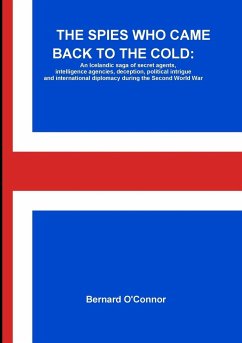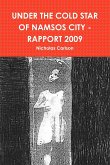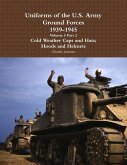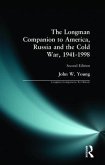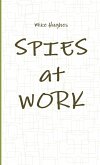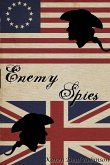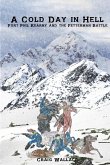During the Second World War, the German Intelligence Service infiltrated specially-trained agents into Iceland to collect military, naval, aviation and meteorological intelligence to be transmitted back to Hamburg by wireless or secret writing. Some agents managed to evade capture for a few weeks but most handed themselves into the authorities shortly after landing. Sent to London for interrogation by MI5, rather than be executed as enemy spies, they revealed their life stories and provided details of their training, their instructors and how they were infiltrated. They included Olev Saetrang, Ib Riis, Sigurjon Jonsson, Jens Palsson, Peter Thomsen aka Jens Fridriksson, Larus Thorsteinsson, Einar Sigvaldason, Magnus Gudbjornsson, Sverrir Matthiasson, Ernst Fresenius, Sigurdur Juliusson, Hjalti Bjornsson and Gudbrandur Hlidar. Three of these spies were 'turned', used as double agents to transmit British-inspired messages to deceive the Germans about Arctic convoys and a fake Allied invasion of Norway.
Hinweis: Dieser Artikel kann nur an eine deutsche Lieferadresse ausgeliefert werden.
Hinweis: Dieser Artikel kann nur an eine deutsche Lieferadresse ausgeliefert werden.

